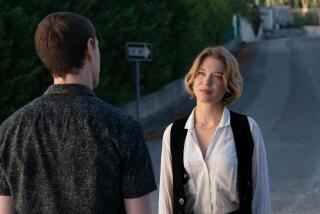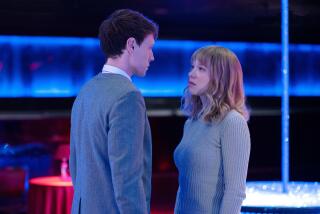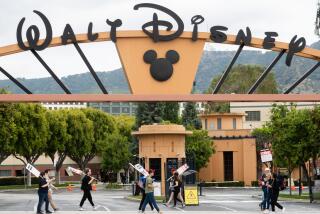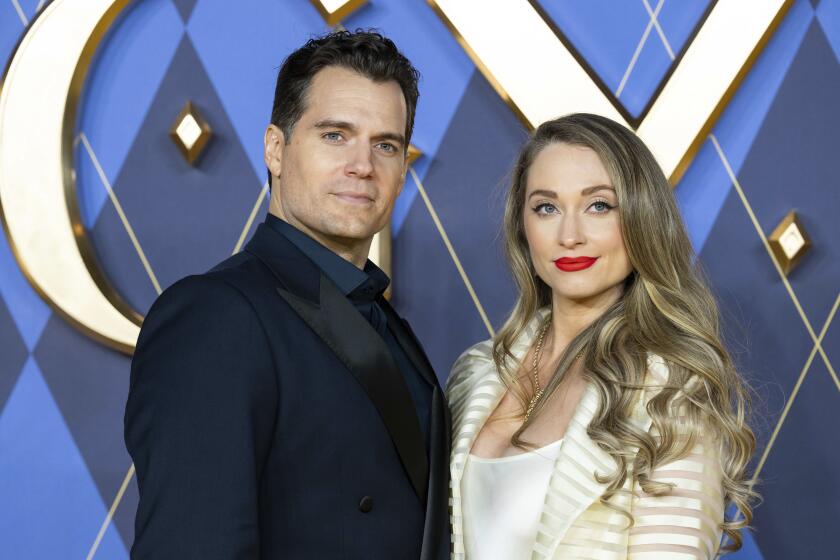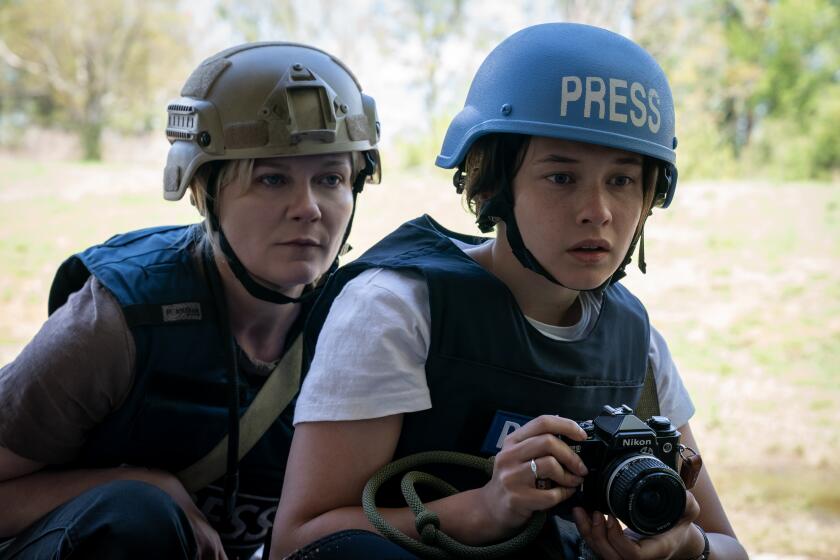Be their guest — more than once: ‘Beauty and the Beast’ and the power of repeat business
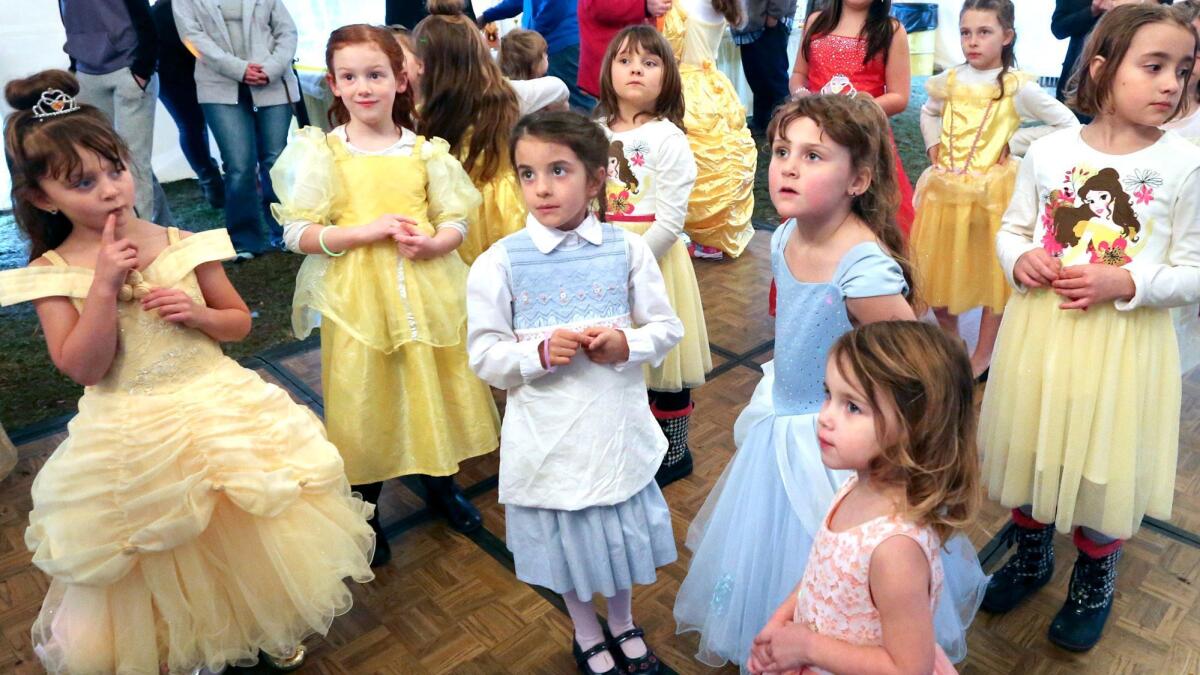
When Disney’s new live-action musical fairy tale “Beauty and the Beast” opened on March 17, Shelby Pickel was there with her family at one of the very first showings.
The 17-year-old high school student from Broken Arrow, Okla., had grown up with the DVD of the original 1991 animated film in heavy rotation, loving its romantic story and its plucky, independent-minded heroine, Belle, and the updated version hit her squarely in the heart. “I was honestly crying within the first two minutes because they had brought such a beautiful childhood memory to life,” she says.
The following Monday, needing an emotional pick-me-up after a rough day, Shelby went back by herself to watch “Beauty and the Beast” again. Eight days after that, she saw it a third time. By this point, she had bought the film’s soundtrack and knew all the words.
“ ‘Beauty and the Beast’ was a large part of my childhood,” she explains. “I always believed we needed more people like Belle in this world.”
Needless to say, Hollywood would love to have more people like Shelby in this world.
In its first three weeks in theaters, “Beauty and the Beast” has proved a runaway smash, grossing more than $876 million worldwide thanks in no small part to predominantly younger female moviegoers like Shelby who have gone back to see the film multiple times. According to online and mobile ticketer Fandango, “Beauty and the Beast” has drawn 30% higher repeat business than was seen for the 2016 Pixar hit “Finding Dory,” which grossed more than $1 billion globally.
The film easily topped the box office in its first two weekends, boasting the fourth-largest second weekend of all time with more than $90 million. Just how massive a smash “Beauty and the Beast” shapes up to be, though, will be determined over the next few weeks — and will hinge to a significant degree on die-hard fans like Shelby continuing to come back for more.
For the film industry, repeat business of the kind being reaped by “Beauty and the Beast” is a highly prized form of box-office rocket fuel, one that can make the difference between a moderate hit like, say, “Ant-Man,” which grossed $180 million domestically, and a genuine phenomenon such as “The Avengers,” which earned $623 million.
Such repeat business is all the more precious for how rare it is. Even as studios and theater owners work to create ever more alluring and addictive moviegoing experiences, broader trends in the entertainment business are making it harder every year to capture the attention of an increasingly distracted audience.
“Very few movies can impart that kind of enthusiasm and passion where it’s like you get off the roller coaster and immediately you want to go again,” says Paul Dergarabedian, senior media analyst at the box-office tracking firm comScore. “It’s catnip both to studios and exhibitors.”
Measuring the impact of repeat business on any given film’s overall box office is generally more art than science — studios have no way of directly tracking whether individual moviegoers see the same movie more than once. While large theater chains and online ticket sellers like Fandango have their own internal data on repeat viewings, for the most part, it can only be extrapolated from anecdotal information, by scanning social media or polling a sampling of moviegoers coming out of a theater on whether they would be interested in seeing a film again.
“You’re kind of just shaking the Magic 8 Ball a little bit and guesstimating,” says Jeff Bock, a box-office analyst for Exhibitor Relations. “But for these films that gross over $400 or $500 million domestic — they are definitely getting repeat business.”
As one might expect, the most frequent beneficiaries of this box office force-multiplier effect are comic-book blockbusters, animated kids’ films and tentpole spectacles with built-in brand awareness and nostalgic appeal like the “Star Wars” films. Films that, like “Beauty and the Beast,” have a particularly strong appeal to girls and young women — such as “Titanic,” “Frozen,” “Bridesmaids” and, most recently, “La La Land” — have also often earned considerable repeat business.
But, at least in theory, virtually any type of film can inspire moviegoers to head back to theaters for a second or third viewing.
Case in point: the current horror-satire hit “Get Out.”
On the face of it, scary movies may seem to be relatively unlikely candidates for multiple viewings — once you know where the scares are, you’re less likely to jump out of your seat when they come. Yet Jordan Peele’s provocative and racially charged film appears to be benefiting from an unusually high level of repeat business, earning more than $150 million domestically since its release in late February.
According to data from comScore/Screen Engine’s PostTrak exit-polling service, fully 16% of moviegoers who saw “Get Out” in its first week said they intended to go back and watch it again in theaters — nearly on par with the 18% of moviegoers who said they would be interested in seeing the superhero blockbuster “Logan” again.
“I think ultimately the reason the movie working is because of the conversations people have afterward,” Peele said recently, noting that he purposely layered the film with twists and Easter eggs that would reward multiple viewings. “Thinking about it after has people coming back three, four, five times.”
Inspiring that level of repeat business can be intensely gratifying for a director. Christopher Nolan has consistently managed to pull off that feat with brain-tickling cinematic puzzles like “Inception” and action spectacles like the “Dark Knight” trilogy.
“Growing up as a kid, I would often go see films more than once if there was something in them that particularly excited me,” Nolan recalled this week in an interview at CinemaCon, an annual gathering in Las Vegas of movie studios and exhibitors. “I certainly like the idea of creating an experience that people would be interested in seeing again. For any filmmaker working, that’s your ultimate ambition.”
Disney — which owns Marvel Entertainment, Lucasfilm and Pixar and boasts a back catalog of beloved animated titles ripe for “Beauty and the Beast”-style refreshes — has had a particularly fruitful history of cultivating repeat business. To further goose box-office receipts over the years, the studio has released sing-along versions of animated hits such as “Frozen” and “Moana” and brought 3-D conversions of older films like “The Lion King” to theaters for nostalgic victory laps.
Still, while delivering the opening remarks at CinemaCon, Disney’s film distribution head Dave Hollis conveyed a fairly sobering message about current trends in moviegoing. Hollis noted that while overall box-office receipts hit an all-time high last year, attendance among young adults ages 18-39 — the very demographic that often includes the most likely repeat customers — is down significantly from five years ago as moviegoers face an ever-proliferating array of competing lures for their time and money.
The shortening of the theatrical window over the years has also likely cut somewhat into the phenomenon of repeat business, with movies now routinely being whisked out of theaters before moviegoers have had time to build up the desire to see them again.
Still, sometimes the urge to look back is too strong to resist.
Just ask Shelby, who is already contemplating more trips to the theater to see “Beauty and the Beast.”
“I will probably see it a fourth and maybe a fifth time,” Shelby says, noting that it’s rare for her to see a movie multiple times in the theater like this. “I still have friends who haven’t seen it and I’ve offered to see it again with all of them. I don’t know if they’ll want to see it with me, though, because I’d be saying all the lines with the movie.”
Times staff writers Ryan Faughnder and Amy Kaufman contributed to this report.
Twitter: @joshrottenberg
More to Read
Only good movies
Get the Indie Focus newsletter, Mark Olsen's weekly guide to the world of cinema.
You may occasionally receive promotional content from the Los Angeles Times.
